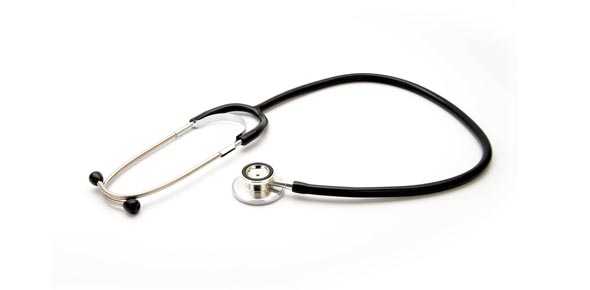Related Flashcards
Cards In This Set
| Front | Back |
|
Relationship between %T and concentration
|
Inverse, non-linear
|
|
Relationship between log %T and concentration
|
Inverse, linear
|
|
Relationship between absorbance and concentration
|
Direct, linear
|
|
Beer's Law
|
Abs=abca: absorptivityb: light path lengthc: concentration of analyte in solution
|
|
Formula for %T and absorbance
|
A=2-log%T
|
|
Tungsten
|
360-710 nm, was most common, cheap, low energy & high intensity, high heat
|
|
Tungsten-halide
|
320-710 nm, most common now, higher intensity & stability, longer life, max output in the visible range of wavelengths
|
|
Hydrogen or deuterium
|
165-360 nm, higher intensity & output, need high voltage power supply, deuterium-max output in UV wavelengths
|
|
Mercury or xenon arc
|
Produce line spectrum, get line spectrum, not suitable for routine work, high intensity, need high voltage power supply
|
|
Laser
|
Narrow intense beam, produces essentially monochromatic light
|
|
Light emitting diodes (led)
|
Emit more specific wavelengths than tunsten or tungsten-halide bulbs, often used in cell counters as light source for hemoglobin measurements
|
|
Spec 501, turner 830 plus light source
|
Tungsten-halitde
|
|
Turner 830 light source
|
Tungsten
|
|
Most narrow band pass specs light source
|
Hydrogen (deuterium) and tungsten
|
|
Fluorometer light source
|
Xenon or mercury arc
|





